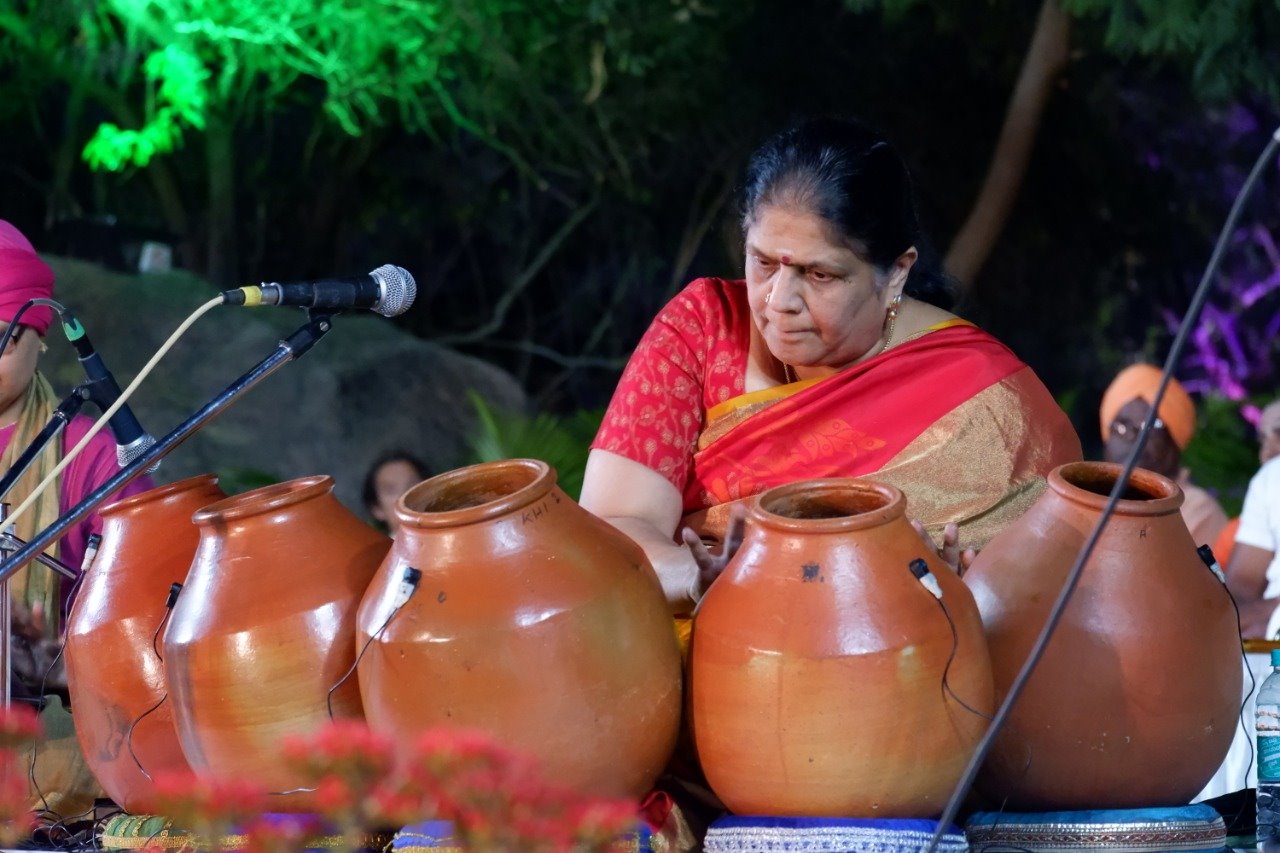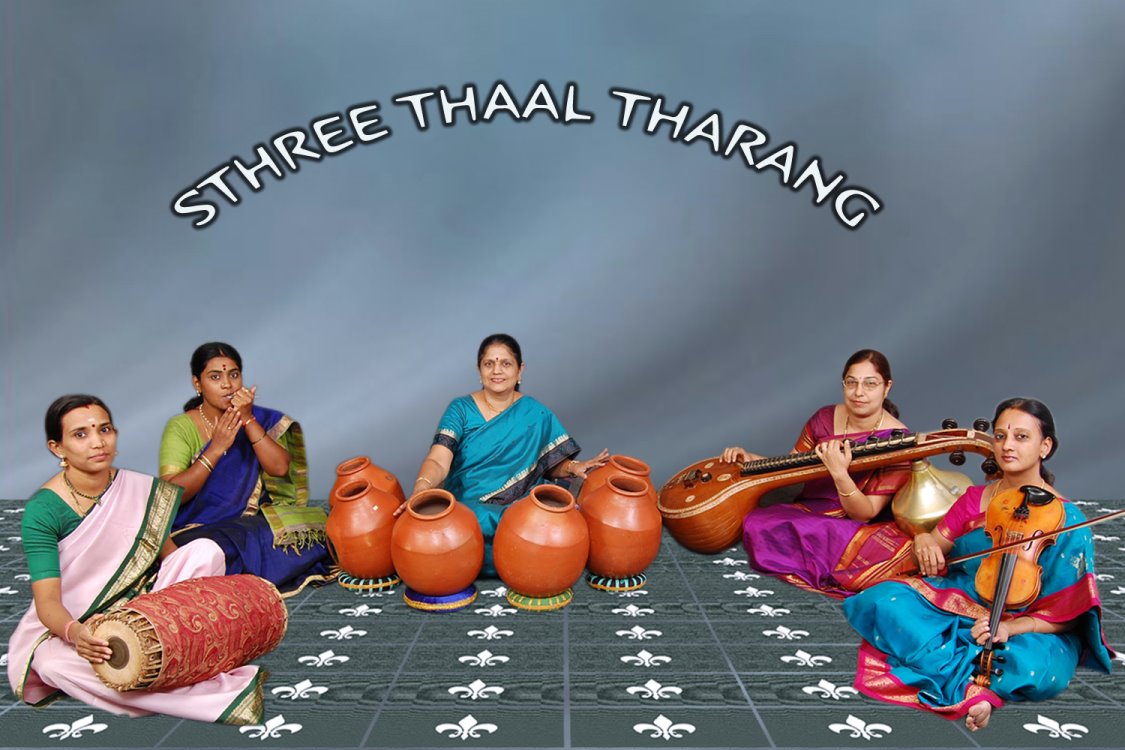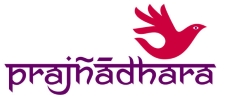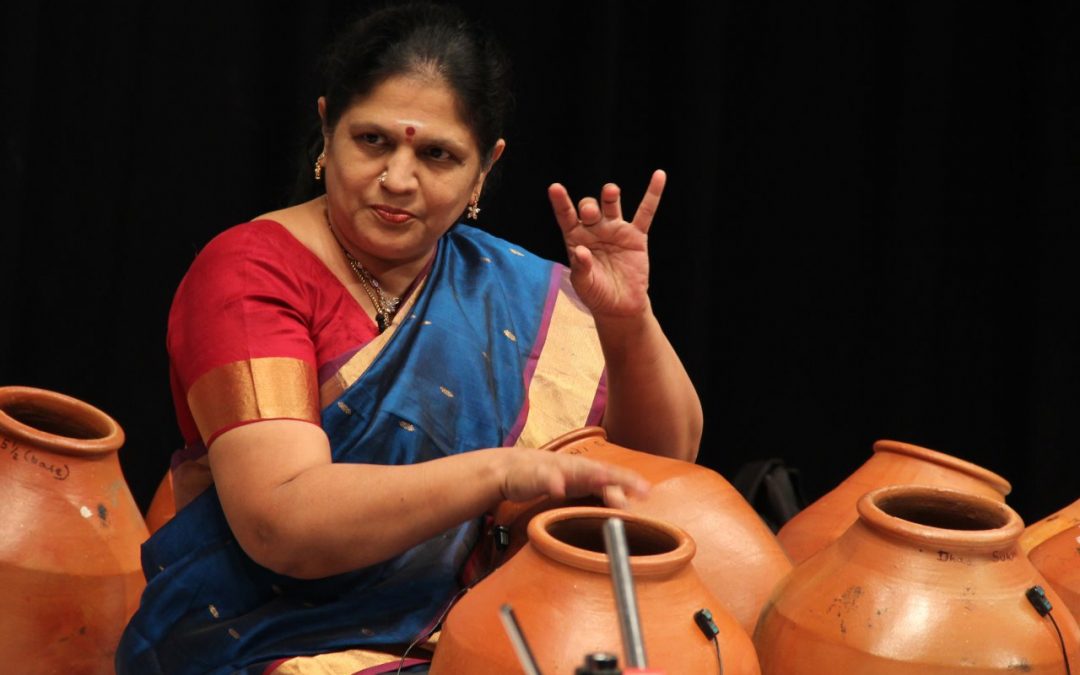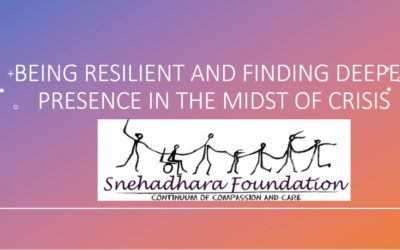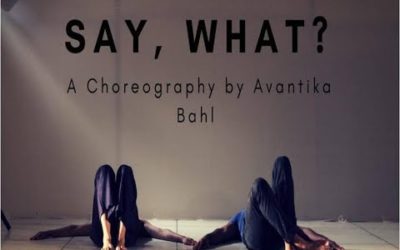
More than just an accompanying instrument…
In her pursuit of percussion, Smt. Sukkanya Ramgopal has been a crusader of inclusion, literally from childhood. Not only did she dare to knock on closed doors, she stormed spaces once reserved exclusively for men, vocalists, violinists, mridangam artists and others, taking with her the humble earthen pot that is considered an upa pakka vaadya (additional percussion instrument) – or number five in the hierarchy of instruments on stage (with the human voice leading, followed by the violin, mridangam, khanjira and then the ghatam.)
Whoever says that the ghatam is only for percussion or works best as an accompanying instrument, has not heard Sukkanya Ramgopal play the ghatam. As immortalized as it is in poetry, philosophy and spirituality, the earthen pot takes anything but centre stage with respect to Indian Classical Music. This, however, was before Sukkanya Ramgopal set about exploring its potential. Now Sukkanya Ramgopal has taken not one but an array of ghatams to the centre of the stage and she makes them sing in voices that leave the audience feeling grateful and more than delighted.
How her journey with percussion began…
As a little girl she was put through violin and vocal classes at home, with her elder sister. When the violin teacher could not continue the home-based classes, she started going to a violin teacher at a music school down the road. The sound of the mridangam being played there by students and teachers seemed to resonate with the rhythm of her heart. “From when I was very young I had a great fascination for mridangam and percussion,” says the country’s foremost ghatam artist, tracing her journey from then to now.
She told only her mother that she would really like to join mridangam classes at the same music school. When she conveyed her wish to the mridangam Master, Sri Harihara Sharma (father of Sri Vikku Vinayakram who would become her Guru in the next few years) he deemed the day to be auspicious enough for her to start right away, dispensing with all formalities with respect to beginning an art form. She was 10 years old when her remarkable journey with percussion began thus. Within 3 years, she started performing as an accompanying artist, during small concerts.
Her father learnt about her tryst with the mridangam after a year of her starting lessons “because I needed him to buy me a mridangam. He did buy me one that I have still kept,” she smiles. During the many trips she made to the Post Office while assisting her teacher in sending the edited proofs of the text he was publishing, she would run into her father who was the Post Master. Though he possibly did not understand her choices and decisions, he never stood in her way, she recalls, describing how supportive he became of her journeys with the ghatam, in just a few years.

The gates to the ghatam…
The gates to the ghatam did not open as easily as they did with the mridangam. Following Sri Vikku Vinayakram, the stalwart ghatam player, to concerts, she saw him playing right into the hearts of his audience and was deeply drawn to the earthen pot that could sing so well. “As a 13 year old, who knows, maybe I was attracted to applause or appreciation,” laughs Sukkanya Ramgopal, for whom the ghatam is now “my daughter, my soul,” without whom every day is incomplete.
When she asked Sri Vikku to teach her the ghatam he brought up the possibilities of fingers cracked open, the lack of strength required to coax sound out of the ghatam and other objections rooted in gender. She pestered and persisted to the extent that he brought up the issue with his father, the veteran Sri Harihara Sharma. “Does the ghatam know if a woman is playing it or a man is playing it?” was the question posed by his father. The father pointed out Sukkanya’s industrious nature and her unshakable determination. He sent off Sri Vikku on his annual teaching trip at a foreign University and set about teaching Sukkanya Ramgopal the ghatam.
“The fingering is a little different from the Mridangam and one has to learn the knack of getting the sound to play out loud from the clay surface,” says Sukkanya Ramgopal while speaking of her early learning experiences with the ghatam. “My teacher would tell me to play and lean back in his easy chair for hours with his eyes closed. If I stopped playing, he would open his eyes and say – I didn’t ask you to stop.” When Sri Vikku returned from America he was astounded by the progress Sukkanya Ramgopal had made with the ghatam. He became her mentor – a relationship that is maintained to this day.


Coming to Bangalore…
Sukkanya Ramgopal’s practise with the ghatam paid off and she was soon performing small concerts where she learnt a lot. When marriage proposals were brought to her, her only criteria was that her marital family must not stand in the way of her playing the ghatam. At 23, she finally met a man who took the time to understand her schedule and choices. “This is already a marginalised instrument. It’s not like I will be away at concerts all days of the year,” or something to this effect was the argument that won the game. “I will never stand in the way of your playing this instrument,” said her prospective husband who even till now actively supports her journey as an artist, even taking over chores, childrearing and everything that can enable her to focus more on her art.
Marriage brought Sukkanya Ramgopal to Bangalore which was in some ways more welcoming to her as a ghatam artist. “There are lesser ghatam artists here than in Chennai so the gender objection would often be swept under the rug more easily here,” points out the artist, who had to battle regressive thought processes, gender biases and exclusion at every step of her way. From “women are not good at maths and rhythm” to “I will not play on this stage if a woman plays the Ghatam,” she has seen chauvinism take on many forms, she shares with not a trace of bitterness. Once when she was sent back home from the concert venue because the Mridangam player refused to play if she got on stage, however, the path completely turned for her.

Silencing naysayers with stylish musical innovations…
“The flautist who was the main performer did not speak on my behalf though he had no objection to my accompanying him. I had been on stage with this mridangam player before but somehow that time he behaved in this manner.” His word weighed more than her presence and the organiser, though profusely apologetic, asked her to leave in a specially organised cab.
“I came home that day and cried so loudly that my neighbours asked about the howling sounds the next day,” says Sukkanya Ramgopal. She spent time reflecting on how she had crossed so many hurdles and simply could not turn back from her journey with the ghatam, more so because of this incident. She made up her mind to go deeper into the spaces that were not receiving of her.
She developed the germ of an idea she had earlier explored, of using ghatams tuned at different pitches, to make melodic music. Her first lecture demonstration of this ghata-tarangam at Percussive Arts Centre was fairly well-received though some of the feedback could not exactly qualify as high praise. “Every time someone points out to me that – this cannot be done on the ghatam – I look at the ghatam more closely and try to figure out how to make that happen,” shares the veteran percussionist who has made it her style to silence naysayers with her stylish musical innovations.
“Inclusion begins with the makers of these earthen pots. We are because they are.”
It has been more than 26 years since the ghata-tarangam was born and it has certainly been going places. As Sukkanya Ramgopal grew as an artist, she cleared the way for more artists to find ease on their own artistic paths. She wrote to All India Radio asking them to offer separate prizes to percussionists playing different instruments and not offer a single prize irrespective of which instrument they are playing.
She created a Sthree Thala Tharanga that is successfully blazing a trail of rhythm and melody across the country. In every performance she finds ways to get the audience to get involved in the rhythm and get them surprised at how easily they find ways to fit into the rhythm. Fighting systemic bias is just one more task on the to-do list of this artist. She wishes that there would be more openness in the mainstream to the ensembles of rhythm and melody that the women she works with are creating.
At a lecture demonstration in Music Academy, Chennai, Sukkanya Ramgopal made a suggestion that instrument makers should be awarded the way artists were because what would the artists play if the instrument makers did not do their work? Do they not need acknowledgement and recognition, she asked. “I am not sure that the suggestion was taken seriously but for me inclusion begins with the ones who make the ghatams. We are because they are. If they do not or cannot do their work, we cannot do anything – we will be without music,” says this advocate of inclusion of the highest order. The many ghatams listen and seem to agree from their places on the shelves lining Smt. Sukkanya Ramgopal’s living room.
